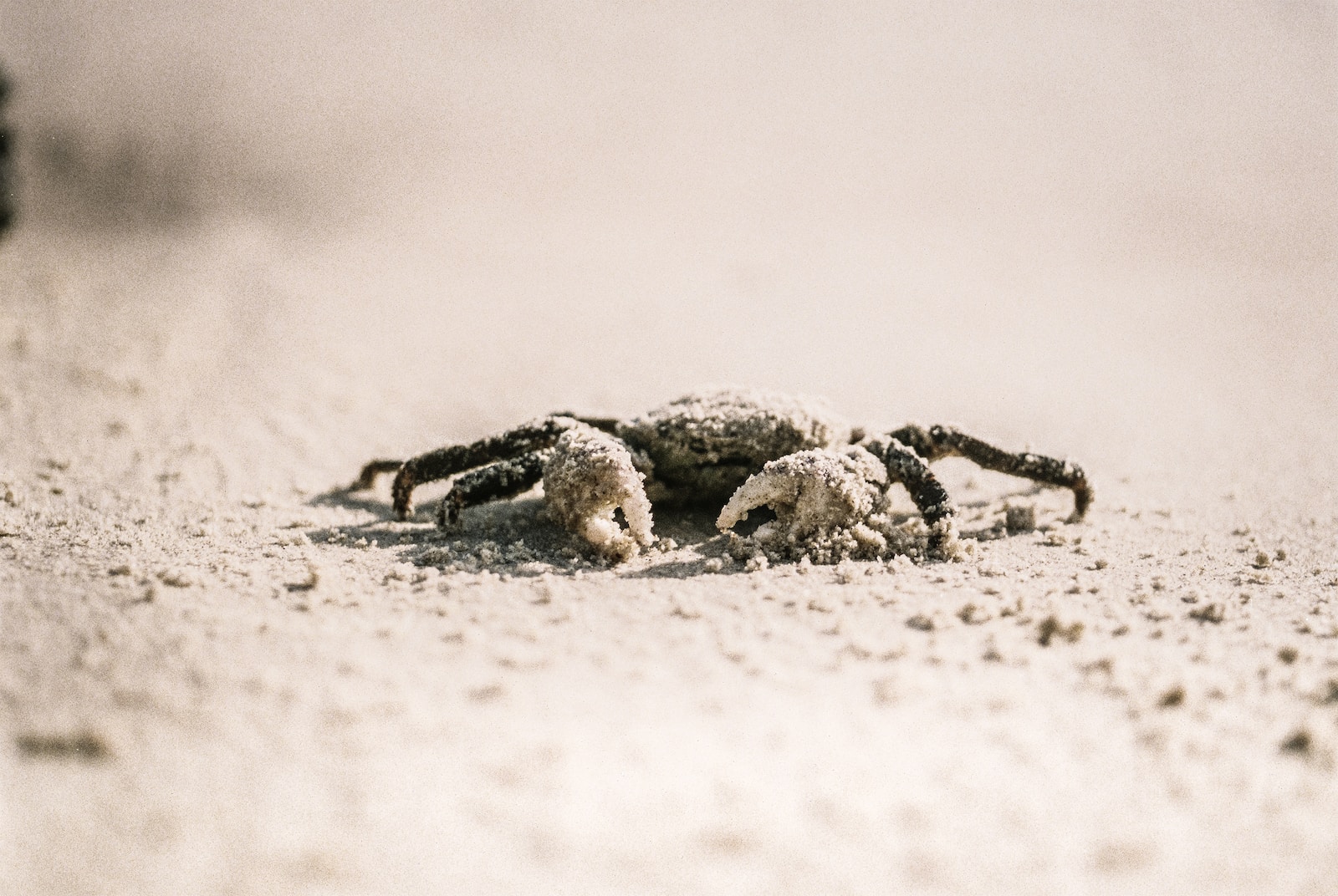Table of Contents
ToggleWhat Are Snow Crabs and Why Are They Important?
Snow crabs are a type of crustacean that live in cold waters. They are an important commercial seafood species, and they also play an important role in the marine ecosystem. Snow crabs are preyed upon by a variety of animals, including fish, seabirds, and marine mammals. They also help to control populations of other invertebrates, such as sea stars and urchins.
What Caused the Snow Crab Die-Off?
A marine heatwave in the Bering Sea is the likely cause of the snow crab die-off. Marine heatwaves are periods of abnormally warm water temperatures that can last for weeks or months. They are becoming more frequent and intense due to climate change.
Warm water temperatures can stress and kill snow crabs in a number of ways. They can reduce the amount of oxygen in the water, making it difficult for crabs to breathe. They can also disrupt the food chain, making it difficult for crabs to find food. Additionally, warm water can make crabs more susceptible to disease.
The Implications of the Snow Crab Die-Off
The snow crab die-off has a number of implications for the seafood industry and the ecosystem.
For the seafood industry, the die-off means a loss of revenue. Snow crab is a valuable commercial fishery, and the die-off has led to a significant decline in catch quotas. This could have a negative impact on fishermen and seafood processors in the Bering Sea region.
For the ecosystem, the die-off means a loss of biodiversity and a disruption of the food chain. Snow crabs are an important prey species for a variety of animals. Their decline could have a negative impact on these animals and on the overall health of the Bering Sea ecosystem.
What Can Be Done to Protect Snow Crabs in the Future?
There are a number of things that can be done to protect snow crabs in the future. These include:
- Reducing greenhouse gas emissions to mitigate climate change and reduce the frequency and intensity of marine heatwaves.
- Managing fisheries sustainably to ensure that snow crab populations are not overfished.
- Protecting snow crab habitat from development and pollution.
- Conducting research to better understand the impacts of climate change on snow crabs and other marine species.
Conclusion
The snow crab die-off is a serious problem that has implications for the seafood industry and the marine ecosystem. It is important to take steps to protect snow crabs and other marine species from the impacts of climate change.







